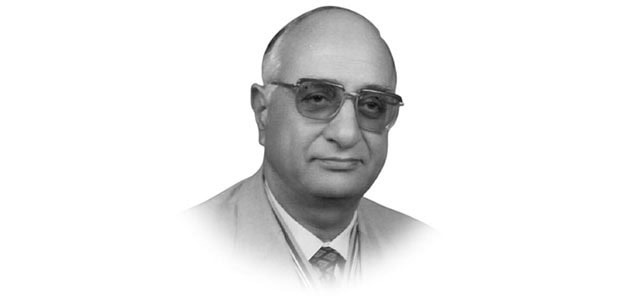The mystery of sleep
Melatonin is a hormone naturally found in the pineal gland of the brain and is secreted in the absence of light which may make you sleepy.
Studies show that melatonin is an antioxidant, which helps in slowing the aging process. It is considered to be a food supplement and not a medication.
Most sleeping-inducing medications are to be taken for a short period of time, usually for two weeks to two months, if taken for a longer period, the effectiveness wears off.
Therefore, dosages usually have to be increased with the passing time. Therefore, a “medication holiday” should be observed and the same small dosage will work again.
Some sleeping pills carry the delayed effect during the day, which means the drug stays longer in the system but some have a shorter drug effect on the next day.
The use of artificial light, especially the blue light emitting from the screens of electronic devices such as smartphones and televisions, disrupts the normal sleep pattern.
This disrupts the release of the melatonin needed to regulate the sleep-cycle. The brain significantly uses less energy during sleep than it does when awake, the brain restores the supply of adenosine triphosphate (ATP), the molecule used for storage and transport of energy as the brain is responsible for 20% of the body’s energy use, and the reduction has a noticeable effect on overall energy consumption.
In sleep or during the day, it is associated with the secretion of prolactin responsible for the electrical activity of the brain waves seen on an Electro-Encephalogram (EEG).
It consists of alpha, beta, theta, delta and gamma waves, noticed in the different stages of sleep.
Alpha waves are seen when a person is in a resting state, but fully conscious. The beta waves take over alpha waves when the person is conscious.
Gamma waves are seen when a person is highly focused with full concentration on a task. Delta waves are seen when a person is in sleep.
Nap is a short period of sleep during the daytime, to get the necessary rest due to stress or tiredness.
Short naps at mid-day with mild evening exercise are effective for improved sleep, cognitive tasks, and mental health of elderly people.
Human sleep-needs vary with the age, season, ethnicity, psychiatric disorders like depression and alcoholism.
Up to 90 percent of adults with depression are found to have sleep difficulties. They may have longer sleep-duration in winter.
In children by the time the infants reach the age of two, their brain size develops considerably with increased state of sleep.
Which influence their ability to perform cognitive tasks, especially language development. Children can greatly benefit from a structured bedtime routine, with rituals like story-telling, reading a bedtime story-book, a bath, a gesture of affection, hugging, kissing from the parents before going to bed.
The bedtime routine should be followed consistently and the child is expected to be in bed ready for sleep.
A bedtime routine can help improve a child’s quality of sleep and to maintain a healthy habit.
In 2015, after a two-year study, the National Sleep Foundation in the US announced revised recommendations as shown in the table below.
Newborns (0–3 months) ………………………..14 to 17 hours
Infants (4–11 months) ………………………….12 to 15 hours
Toddlers (1–2 years) ……………………………11 to 14 hours
Preschoolers (3–4 years) ……………………….10 to 13 hours
School-age children (5–12 years) ………………9 to 11 hours
Teenagers (13–17 years) ………………………..8 to 10 hours
Adults (18–64 years) ……………………………7 to 9 hours
Older adults (65 years and over) ………………..7 to 8 hours
Humans physically restore their normal energy as the body temperature, heart rate, and oxygen consumption decreases during sleep.
In fact, sleep is a necessary behaviour in humans, as the sleep generated end products of metabolism are reduced, enabling restorative processes as the sleeping brain removes metabolic end-products at a faster rate than during awakening.
The glycogen increases during sleep, and is depleted through metabolism during wakefulness.
On the contrary, in one current study of 305 children over nine years, found that “the variation of sleep duration amongst children does not seem to have any effect on the growth.
The medications are an increasingly popular treatment, better and safer than earlier generations of sedatives.
Various practices have been recommended to improve quality of sleep or reduce sleep disturbances in the elderly, such as having a light bedtime snack, avoidance of tea or coffee, daytime naps, excessive evening exercise and use of tobacco products.
Another way to greatly improve sleep hygiene is by creating a peaceful and relaxing sleep environment.
Dietary and nutritional choices may affect quality sleep duration. High-carbohydrate diets promoted a shorter onset to sleep and a longer duration of sleep than a high-fat diet.
A varied diet containing fresh fruits and vegetables, low saturated fat, and whole grains may be optimal for individuals seeking to improve sleep quality.
—Concluded.
—The author is a retired Professor from Rawalpindi Medical University, and is frequently writing on the subjects of Health in medical journals.










